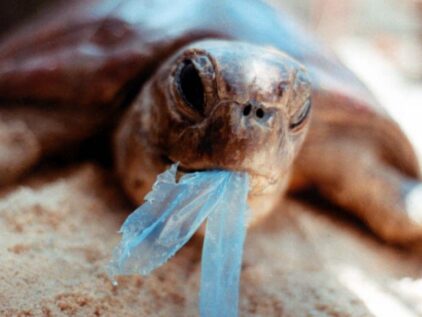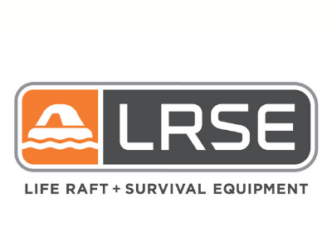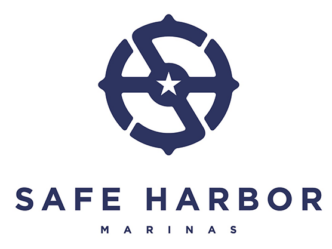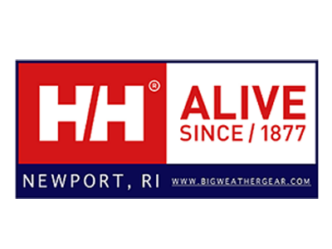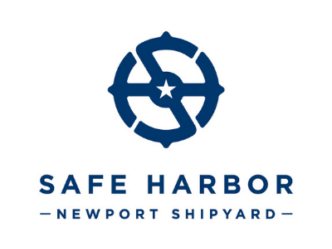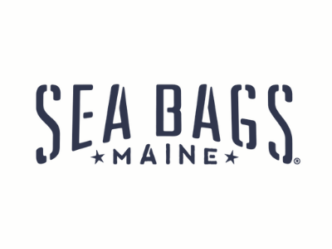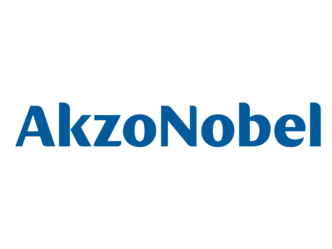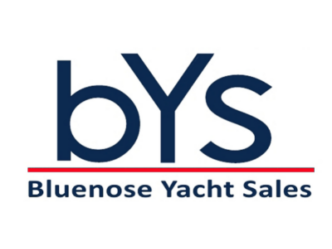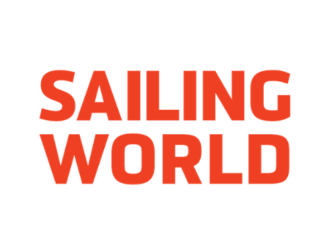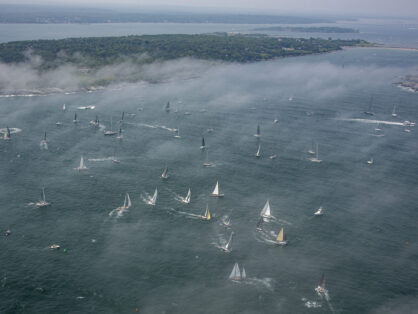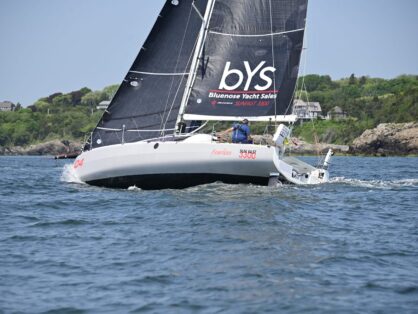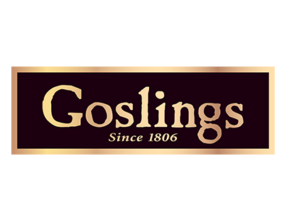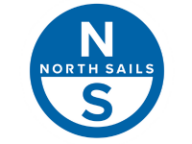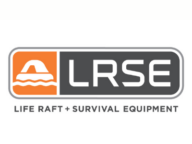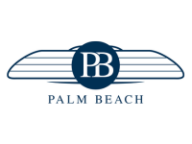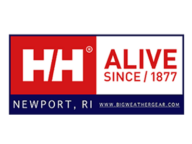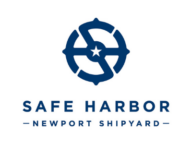Shore crew, sailors, and any folks in the region are invited to join a Clean Ocean Access beach cleanup on Wednesday, June 13th. All competitors are invited to assist in a voluntary balloon tracking effort during the race.
Part of the Newport Bermuda Race Clean Regattas effort this year is to work with local partners such as our Newport partner, Clean Ocean Access. We have two activities in which we hope those involved with the race will participate, starting with a Beach Clean-up at Second Beach, 315 Sachuest Point Road, Middletown, RI at 5pm on June 13.

Joe Harris, head of our Green Team offered us his three top reasons to join this clean-up effort:
- Cleaning the beach of plastic and trash makes the beach a nicer place for everyone to enjoy;
- On a clean beach, birds and wildlife are less likely to have problems caused by ingesting plastic or garbage;
- Taking a late-afternoon walk on the beach is a great way to get some exercise and reduce stress related to the upcoming race.
Joe's Bonus Reason: After the beach clean-up and a bit of fresh air and exercise, head over to Newport Shipyard for a cool beverage at the Goslings Rum Newport Shipyard Crew Party!
When the race is underway, Clean Ocean Access asks that every boat, when time permits, log all of the balloons they see to contribute to a larger campaign bringing awareness to the harmful effects of balloons and working towards a ban on these truly single-use items. When released, balloons all too often end up in our oceans, causing a number of problems, including harming marine animals and contributing to marine debris.
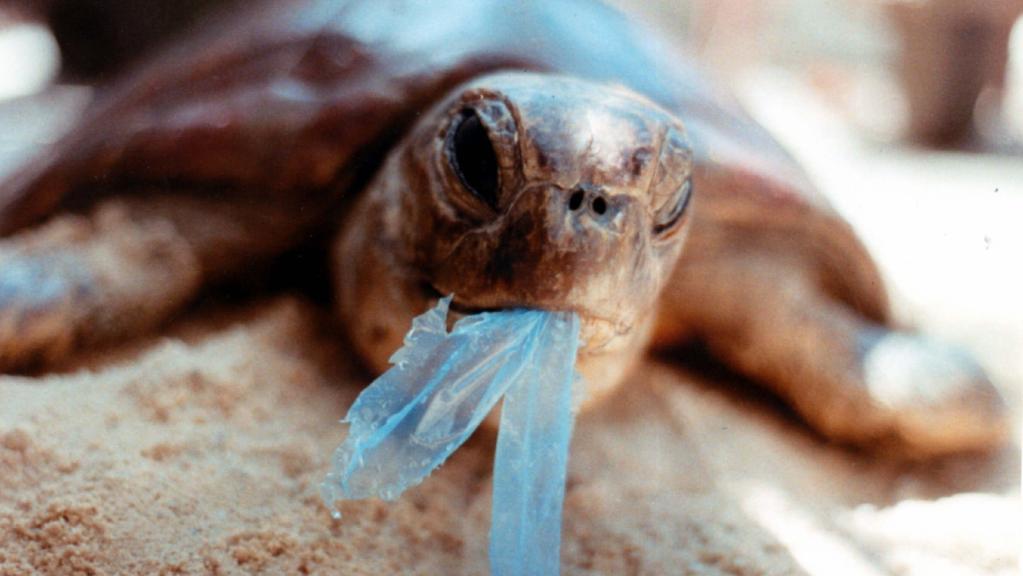
Clean Ocean Access writes: "A deflated balloon in the water column can easily resemble a jellyfish and wreak havoc on the stomach of marine animals when consumed. Turtles, for example, can mistake a balloon fragment for a jellyfish. It can getcaught in their stomachs, not properly digested, and cause the animals to starve. Another harmful effect of balloons is entanglement. When an animal becomes entangled in balloon string, it can prohibit them from moving and eating properly causing starvation or even strangulation marine animals and sea birds."
Not a pretty picture, is it? Speaking of pictures, COA would appreciate seeing photos of what you citizen scientists observe on the way to Bermuda.
For more info and instructions, download the campaign sheet and the tracking sheet.

